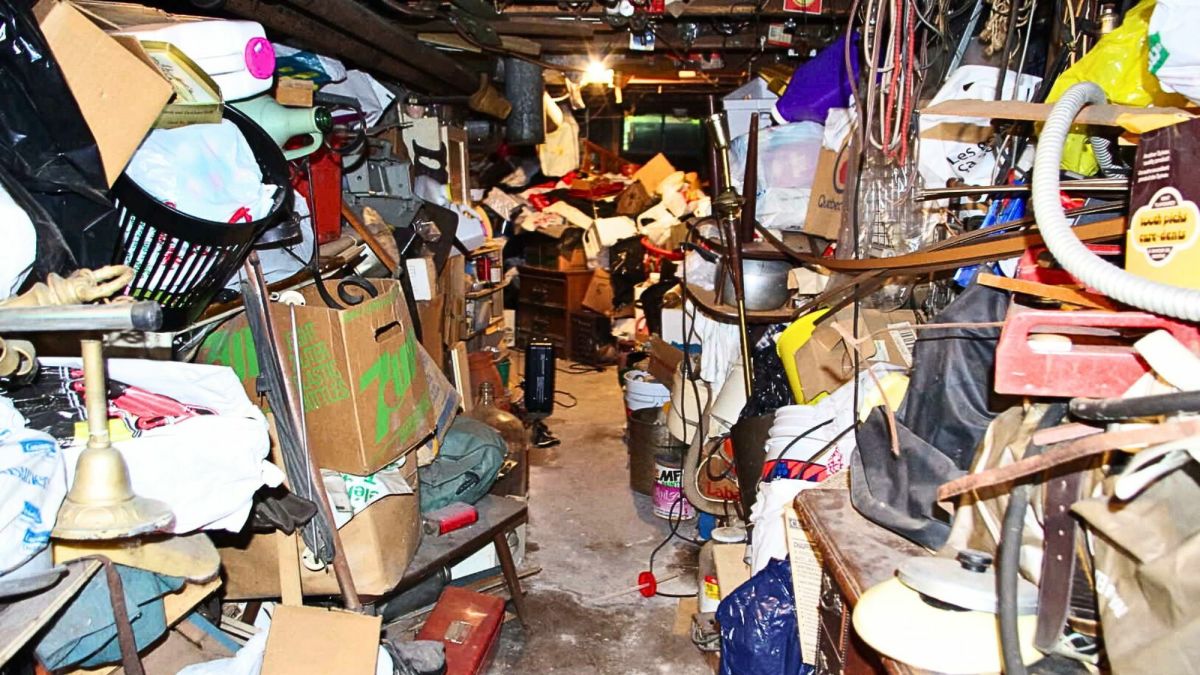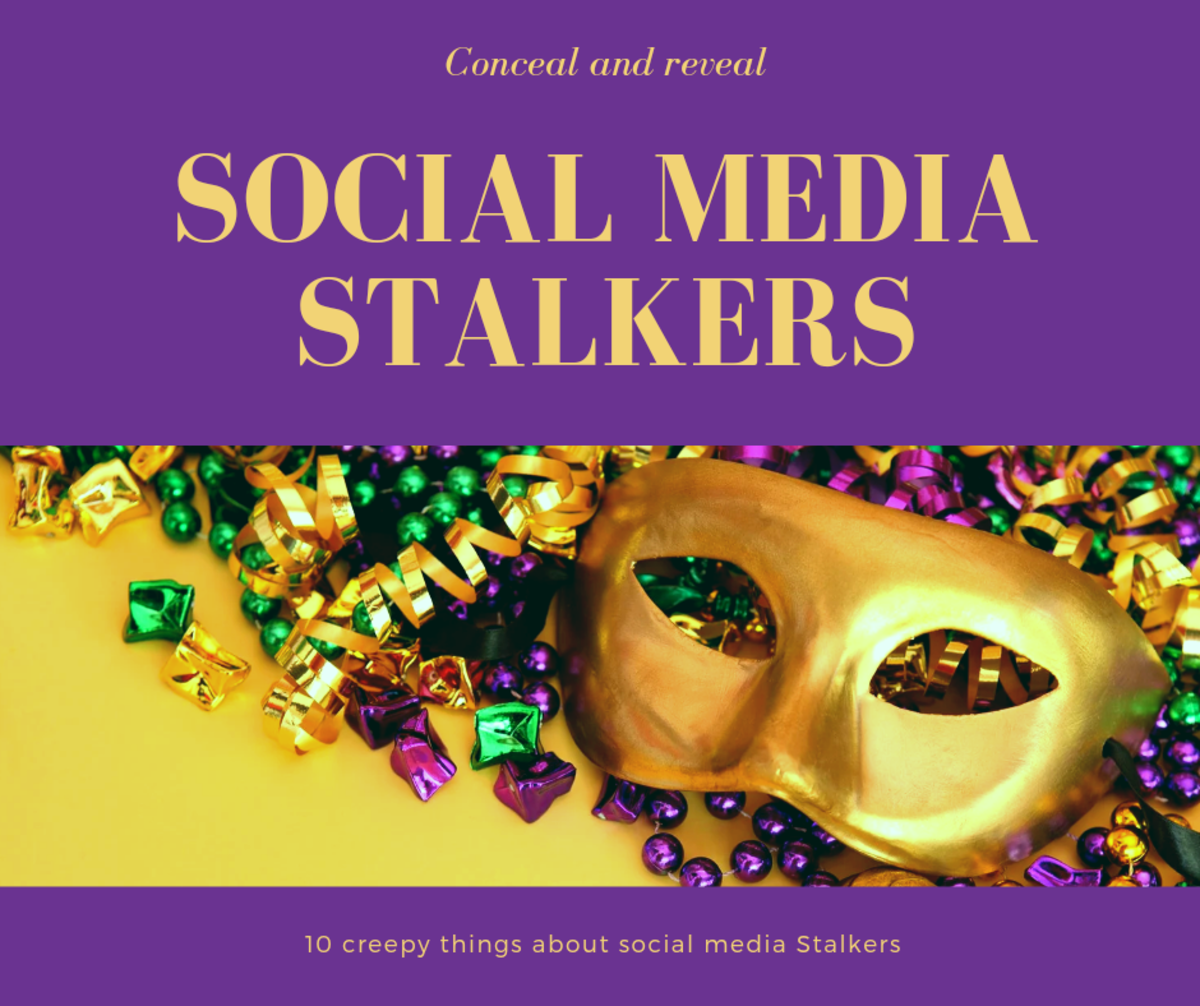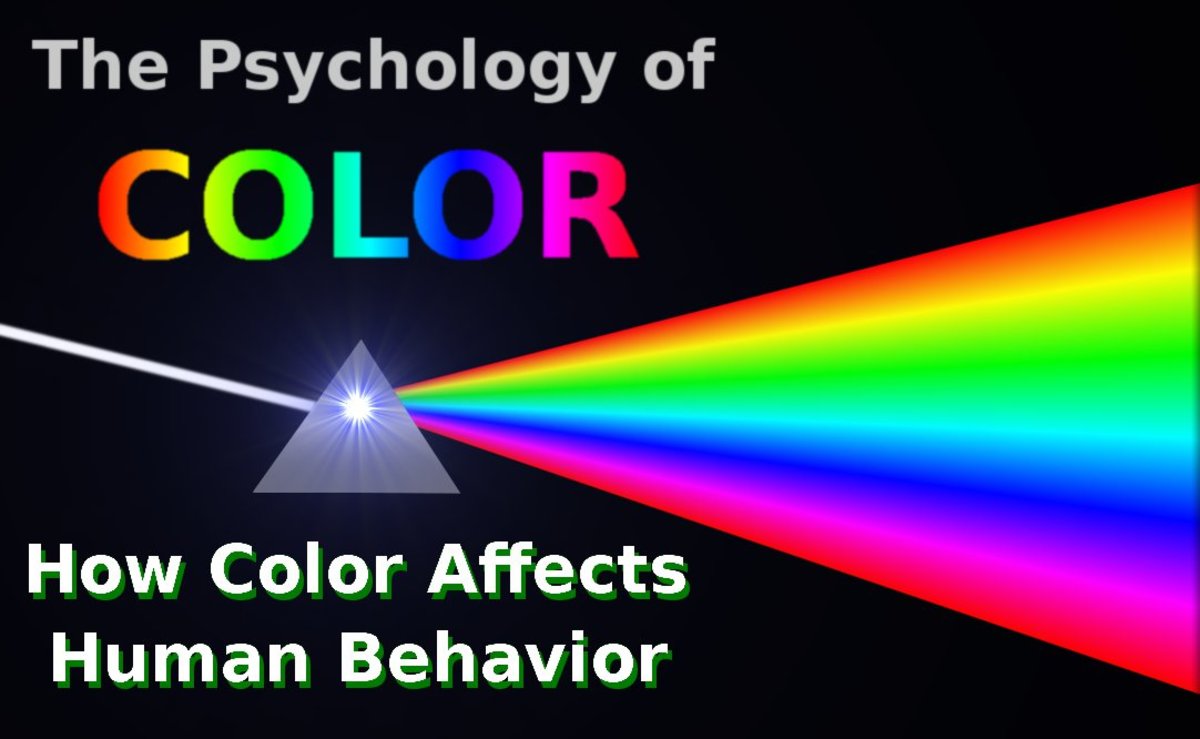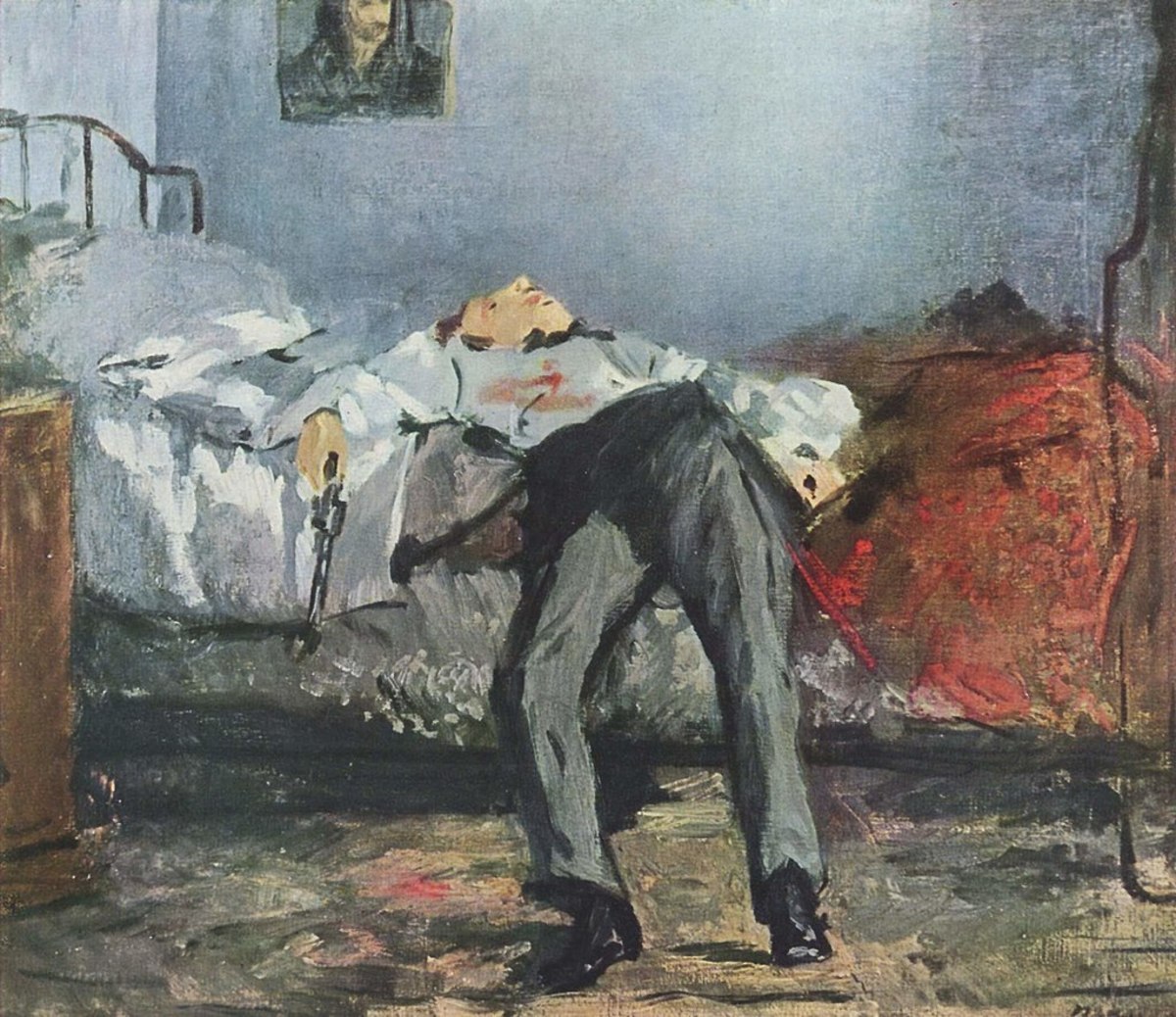Hoarding - What it Is and How to Help
Hoarding Can Cause Emotional, Physical and Financial Problems
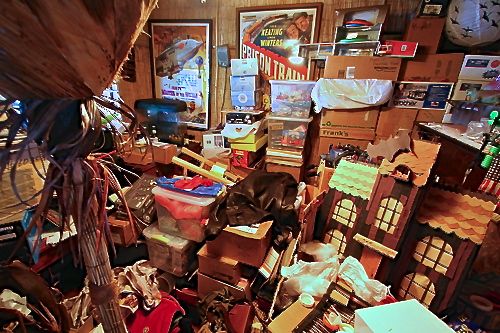
What is Hoarding?
Hoarding is a nagging, persistent preoccupation of thoughts that creates difficulty and anxiety inside a person when it comes to discarding or parting with possessions, both personal as well as items with no intrinsic value at all.
Hoarding is a complex, misunderstood behavior that can show it's face in a variety of different ways. Some people who hoard struggle with compulsive buying, other hoarders over-collect "freebies", such as pamphlets, hand-outs and flyers, while other hoarders are overwhelmed with a compulsion to find a certain item, and will collect as many of that item as possible as long as it is the exact version of the item they obsess about.
Hoarders are most commonly known for their large quantity of items, typically items of no use or value. Newspapers, magazines, bags, boxes, photographs, household supplies, food, and clothing are some of the most commonly hoarded items.
Compulsive Hoarding and the Meaning of Things
Is Hoarding a Mental Illness?
Many people judge those who hoard because of lack of knowledge surrounding the behavior. In actuallity, hoarding is a mental illness that is typically categorized as part of a severe anxiety disorder.
Hoarding is a behavior created by invasive and intrusive thoughts that usually end up having disastrous effects on the hoarder emotionally, physically, socially, financially, even legally. In many instances the loved ones of the hoarder gets caught up in this mess until the person struggling with the hoarding behaviors is able to get help.
10 Facts About Hoarding
Few people realize that hoarding behavior is not a conscious lifestyle choice. In fact, it's a major illness that can seriously interfere with every facet of a person's life. Here are ten facts about hoarding:
- As many as 5% of the American public struggle with hoarding
- Hoarding is rarely about the item a person collects; typically the items represent something much deeper, or fill a void in the person struggling with hoarding
- Trauma is one of the largest triggers for hoarding
- Typically, hoarding develops during puberty
- The genetic make-up of a person's brain can pre-dispose them to hoarding
- Environmental factors play a role in the development of hoarding in a person
- Hoarding is often a co-occuring disorder that comes along with depression
- Intervention is often necessary if the person is ever going to realize the situation they have found themselves in
- A comprehensive treatment approach is necessary to recover from hoarding
- The consequences of hoarding are physical, spiritual, emotional and even financial
The Secret Lives of Hoarders
How to Identify a Hoarder
Hoarding is a mental illness associated with anxiety disorders and traumatic illnesses.
Being able to identify a hoarder is the first step in helping the hoarder recover from the addiction and attempt to lead a normal life, free of obsessive thoughts and behaviors.
Often, the person suffering from the hoarding behavior is either in deep denial, or actually does not have the ability to see the problem that is so apparent to everyone else.
This is why treating a condition like hoarding is a collaborative effort that requires the support of loved ones willing to stand by the person as they work through treatment.
Here is a list of signs and symptoms loved ones can look for in someone to detect whether or not the person has a hoarding problem:
- An inability or extreme difficulty with throwing away personal possessions, meaningful or not
- Extreme bouts of anxiety even under circumstances that don't warrant any anxiety at all
- Either an obsession with categorizing possessions, or a complete lack of desire to try to put order to the chaos that has collected around them
- Obsessive, repetative thoughts or behaviors that the person can not stop
- High anxiety at the thought of other people moving their possessions
- Denial or embaressment regarding their hoarding
- Social isolation
- Financial difficulties
- Sprees of shop lifting
- Discord in close family or marital relationships
If you suspect that someone you love is a victim of hoarding, schedule an intervention as soon as possible. The longer the problem lingers, the harder it becomes to treat.
Hoarding Poll
Do you know anyone who struggles with hoarding?
Homer & Langley Collyer: A Novel
Four Strange Hoarding Cases
Hoarding cases vary widely in severity from the "casual" hoarder to the "extreme" hoarder. Here are four of the strangest documented cases of hoarding:
- Bettina Grossman is an artist and a hoarder. After experiencing decades of success in the art industry, Grossman found herself no longer able to live in her Chelsea apartment due to stacks and stacks and stacks of art that literally took up every nook and cranny of her home. One day, a filmmaker by the name of Sam Bassett stumbled upon Grossman and became intrigued by her story. He decided to befriend her, and with her help, created a powerful documentary which opened the publics eyes to the issue of hoarding.
- Edith Ewing Bouvier Beale and her daughter Edith Bouvier Beale ("Little Edie") lived for many years in an East Hampton, N.Y. This curious story of a mother-daughter duo of hoarders definitely is one of the strangest and most extreme cases ever reported. The two had a habit of collecting cats, and by the time their family started to suspect that there was a problem, Little Edie already had 300 cats living in her home with her mom.
- Alexander Kennedy Miller became a hoarder after a heartbreak and a tragedy. In 1996, Miller lost his wife and started collecting vehicles. At the time of Miller's death, authorities found over 50 cars on his estate, as well as countless engines, gaskets, shock absorbers, radiator caps and any other car part you can think of, all in quantities that exceeded the thousands.
- Langley Collyer is the story of a boy who was forced to take on too much at too young of an age, which unfortunately caused him to be an extreme hoarder. Langley had the job of looking after and caring for his eventually blind and paralyzed brother. At night he would roam the town night to collect items. The brothers died in the death trap of a home they created, and authorities estimate that Langley had amassed hundreds of tons of objects during his nightly excursions.
Hoarders are Often Misunderstood

Hoarders on National Geographic
Hoarding is Not a Character Flaw, It is a Mental Illness

Dirty Secret: A Daughter's Story About Her Mother's Hoarding
How to Help Someone Struggling with Hoarding
Differentiating between people who hoard and people who collect can sometimes be difficult, however this distinction is important. Collecting is a healthy hobby, while hoarding is an unhealthy coping mechanism where people are trapped in a prison created by their own possessions.
Once you identify that someone has a problem with hoarding, it is time to decide how to approach that person so that the problem can be treated. The longer a hoarder engages in their behaviors, the more stuck they become in their ways.
Another aspect of hoarding that makes it so difficult to treat is the denial or complete ignorance hoarders have when it comes to realizing their problem. Because of this, treating hoarding requires an integrated approach that involves the loved ones who are willing to stick by them through the thick and thin of recovery.
Most experts recommended organizing an intervention to bring attention to the problem. The only people who should attend the intervention include the hoarder, the loved ones committed to the recovery of the hoarder, and a certified intervention specialist.
Once the hoarder becomes wlling to face the problem, a typical approach of treatment includes therapy, psychiatric treatment, various behavioral therapy techniques such as CBT, DBT and ACT, and sometimes residential treatment to move them into a new environment to promote healing.
© 2014 Kathleen Odenthal








